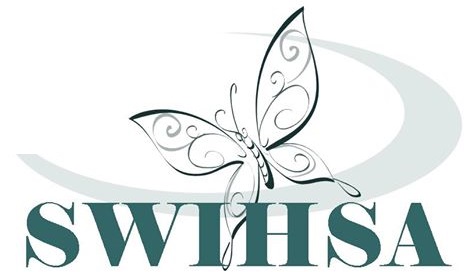Chapter Thirteen Part Two
In the prone position, the body is flat, lying on the stomach with the back facing upwards. In this position the arms are placed either at the sides or above the head. The head is turned to one side. The prone position is often uncomfortable, especially for elderly people. Nursing assistants should not leave a resident in the prone position for very long.
In the lateral position, the body is lying on the right or left side. There are many variations of this position, with pillows used to provide support and comfort to the head and limbs. Generally, the leg nearest to the mattress is straight, and the upper leg is bent at the hip and knee, with the knee pulled toward the chest. A pillow supports the knee. The bottom foot is rested on a pillow to prevent contact with the footboard. If the upper leg cannot bend, it is rested slightly behind the lower leg. Pillows should be placed between the knees to prevent contact. The arm nearest the mattress is in front of the body, with the elbow bent to a comfortable position. The upper arm is rested on the side, with the elbow bent and the lower arm rested on a pillow. A pillow behind the back helps support the position.
The lateral position provides pressure relief on the upper side of the body. The logrolling technique can be used to reposition residents. Logrolling is turning or moving the resident without disturbing the alignment of his or her body.
See Resident Care Procedure (RCP) # 20 Lateral Position
